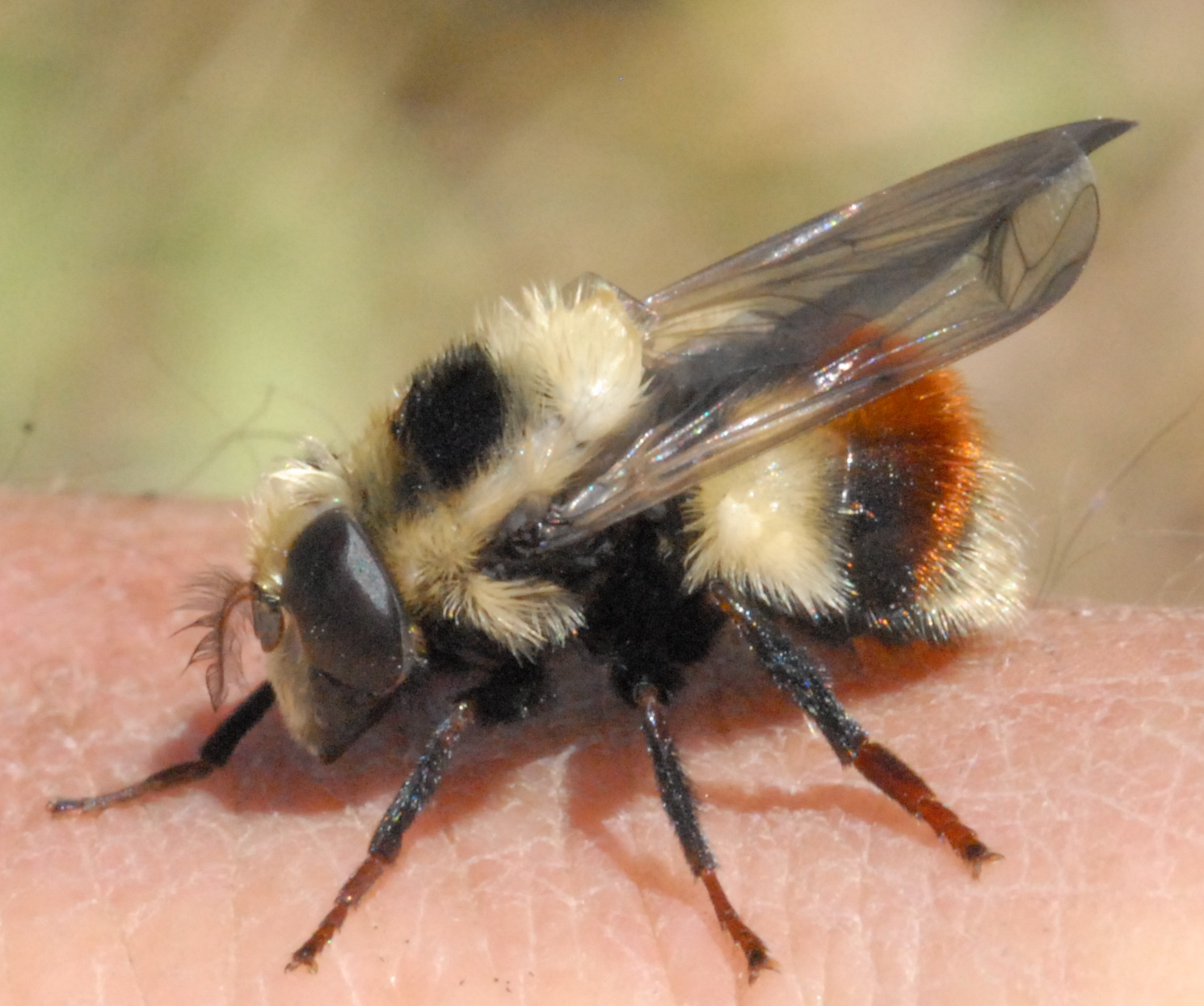Flies and Flowers III: Ecology of foraging and pollination
DOI:
https://doi.org/10.26786/1920-7603(2015)15Abstract
Diptera are important flower visitors and pollinators for many plant species and in a variety of habitats. Although Diptera are not as well studied as other groups of pollinators, there is a growing literature that we review here about the ecology of their foraging behaviour and their effectiveness as pollinators. We consider (1) how their foraging is constrained by the interaction among body size, colour, and environmental factors such as temperature, humidity, wind, and light; (2) what is known about their foraging at scales ranging from their movements between flowers on a plant, between individuals in a population, and among species in a community (i.e., constancy); and (3) the evidence for effects of intra- and interspecific competition on foraging. We conclude with a discussion of the effectiveness of Diptera as pollinators. The available data suggest that Diptera exhibit many of the same foraging behaviours as other flower visitors and that they are effective pollinators in both natural and agricultural ecosystems.

Downloads
Published
How to Cite
Issue
Section
License
Copyright (c) 2015 David W Inouye, Brendon M. H. Larson, Axel Ssymank, Peter G. Kevan

This work is licensed under a Creative Commons Attribution 4.0 International License.











